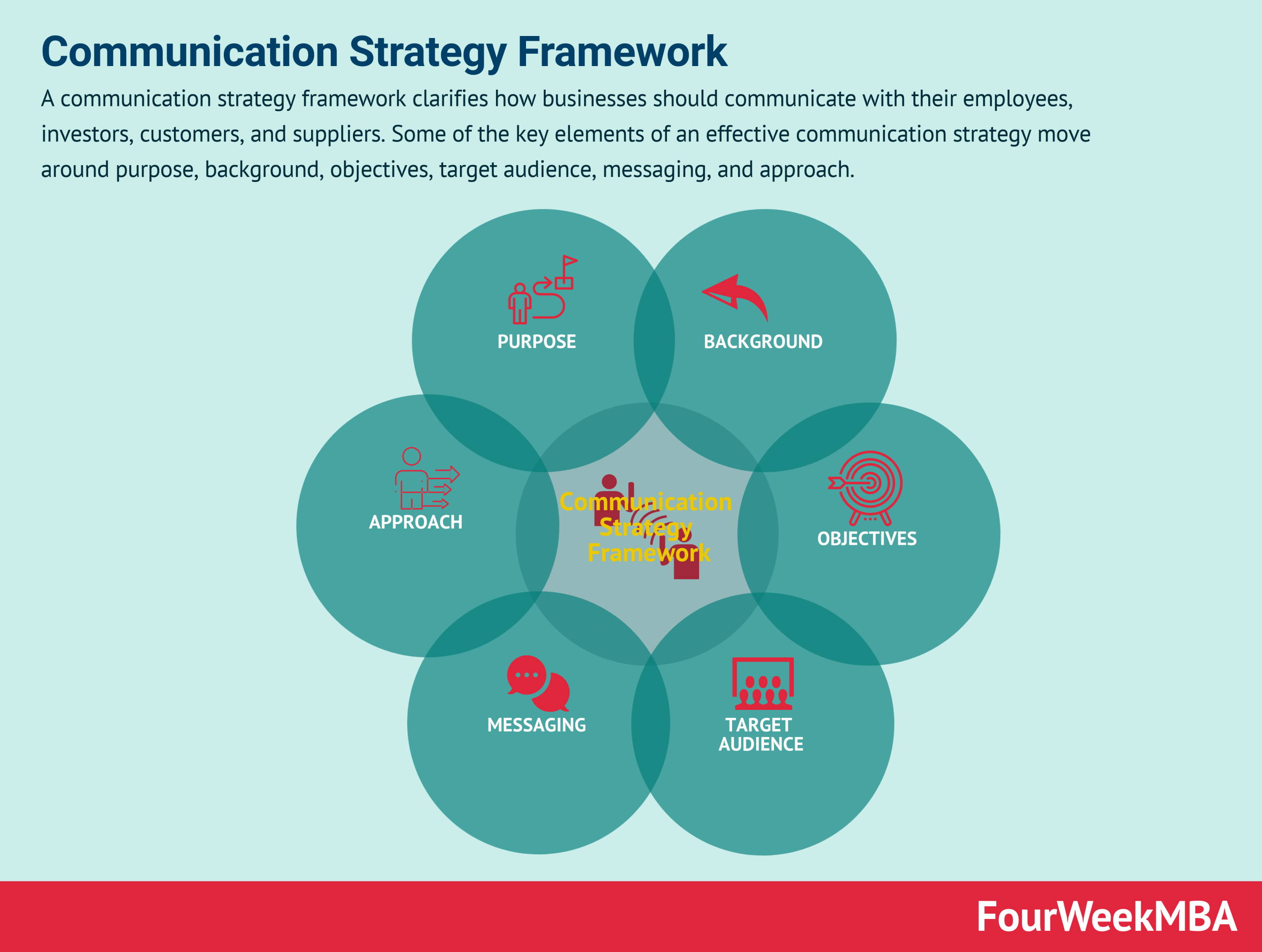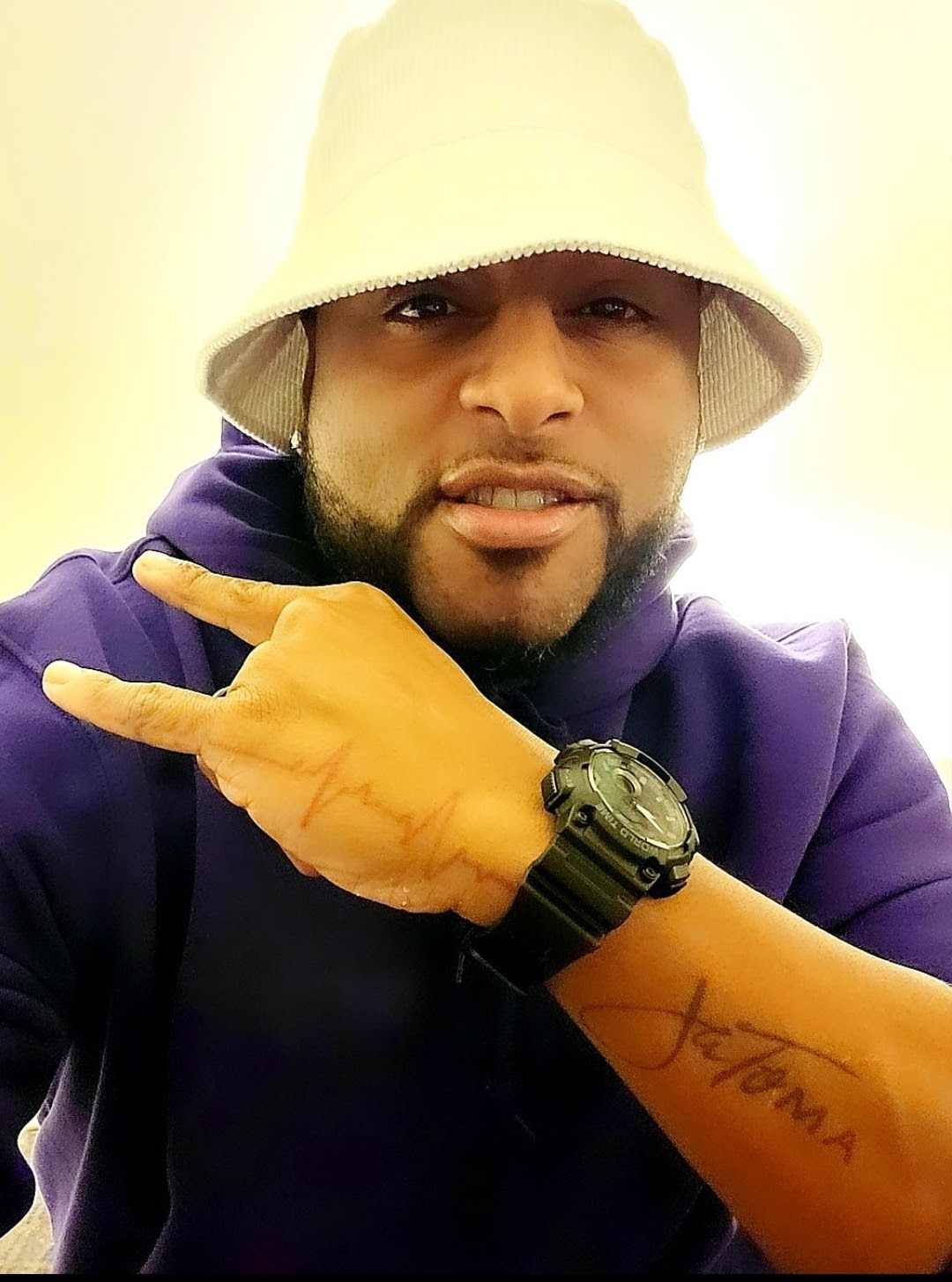Asymmetrical Two-Way Communication Framework
Unlocking the Power of Asymmetrical Two-Way Communication Framework
Have you ever felt like your communication efforts were falling on deaf ears? Or that you were constantly being misunderstood or misinterpreted?
If so, you may be experiencing the challenges of asymmetrical two-way communication. This type of communication occurs when the level of understanding and engagement is not equal between two parties.

Arduino SX1278 Lora based Two Way communication System – Source www.electroniclinic.com
One-way communication is often necessary in certain situations, such as public announcements or lectures. However, in relationships or collaborative work environments, symmetrical communication is key to fostering understanding and trust.

Ari Santiago – The EO Blog – Source blog.eonetwork.org
Asymmetrical Two-Way Communication Framework
The purpose of the Asymmetrical Two-Way Communication Framework is to guide and assist you in overcoming the obstacles of asymmetrical communication and promoting more efficient, equal, and productive interactions.
Asymmetrical two-way communication may occur in various forms, depending on the power dynamics and socialization between individuals or organizations. It is frequently observed in situations where one party possesses more knowledge, authority, or credibility than the other, such as:
- Teacher-student interactions
- Doctor-patient consultations
- Boss-employee relationships
- Parent-child relationships
- Government-citizen communication
Effective communication takes time and commitment from both parties involved. Implementing the Asymmetrical Two-Way Communication Framework can pave the way for more meaningful and successful interactions, leading to better outcomes in various aspects of our lives.

Communication Strategy Model – Source mungfali.com
Target of Asymmetrical Two-Way Communication Framework
The Asymmetrical Two-Way Communication Framework is designed to:
- Improve understanding and engagement between individuals and organizations
- Reduce misunderstandings and misinterpretations
- Build trust and rapport
- Foster collaboration and teamwork
- Promote effective decision-making
By following the principles of this framework, you can create a more open, inclusive, and productive communication environment, where all parties feel valued and respected.

Chapter 3: Theories and Models of PR – Public Relations: From Strategy – Source pressbooks.bccampus.ca
History and Myth of Asymmetrical Two-Way Communication Framework
The concept of asymmetrical two-way communication has been around for centuries. However, it was not until the early 20th century that scholars began to study this type of communication in earnest.
One of the earliest studies on asymmetrical two-way communication was conducted by German sociologist Max Weber. Weber argued that this type of communication occurs when one party possesses more power than the other. He believed that this power imbalance can lead to misunderstandings and conflict.
In the 1950s, American communication theorist Harold Lasswell developed a model of communication that included the concept of asymmetry. Lasswell’s model suggested that communication is a process of transmitting information from one party to another. He believed that the level of asymmetry in a communication interaction is determined by the power relationship between the two parties.
In recent years, there has been a growing interest in asymmetrical two-way communication. This interest is due, in part, to the rise of social media. Social media platforms allow individuals to communicate with each other in a variety of ways. However, the power dynamics on social media can be very different from the power dynamics in face-to-face interactions. This can lead to misunderstandings and conflict.
Hidden Secret of Asymmetrical Two-Way Communication Framework
The hidden secret of asymmetrical two-way communication is that it can be used to create more effective and productive relationships. When you understand the power dynamics in a communication interaction, you can use this knowledge to your advantage.
For example, if you are in a position of power, you can use your influence to create a more open and inclusive communication environment. You can do this by listening to the concerns of others, being respectful of their opinions, and giving them a chance to participate in the decision-making process.
If you are in a position of less power, you can use your knowledge of the power dynamics to your advantage. You can do this by being assertive and standing up for your rights, while also being respectful of the other person’s position.

Effective Communication In Business Needs Much More Than Language – Source www.entrepreneur.com
Recommendation of Asymmetrical Two-Way Communication Framework
If you are struggling with asymmetrical two-way communication, there are a few things you can do to improve the situation:
- Be aware of the power dynamics in the communication interaction.
- Use your knowledge of the power dynamics to your advantage.
- Be assertive and stand up for your rights.
- Be respectful of the other person’s position.
- Listen to the concerns of others.
- Be open to compromise.
Benefits of Asymmetrical Two-Way Communication Framework
Effective asymmetrical two-way communication can lead to a number of benefits, including:
- Improved understanding and engagement
- Reduced misunderstandings and misinterpretations
- Increased trust and rapport
- Enhanced collaboration and teamwork
- Better decision-making

Then and Now: The History of Two-Way Radio Communication – King Radios – Source kingradios.net
Tips of Asymmetrical Two-Way Communication Framework
Here are some tips for implementing the Asymmetrical Two-Way Communication Framework in your own life:
- Be a good listener. This means paying attention to what others are saying, both verbally and nonverbally. It also means asking clarifying questions and paraphrasing what others have said to ensure understanding.
- Be respectful. This means treating others with dignity and courtesy, even if you disagree with them.
- Be open-minded. This means being willing to consider different perspectives and opinions.
- Be assertive. This means standing up for your own rights and opinions, while also being respectful of others.
- Be collaborative. This means working together with others to achieve a common goal.
When to Use Asymmetrical Two-Way Communication Framework
Asymmetrical two-way communication is not appropriate in all situations. It is most effective when there is a clear power imbalance between the two parties. For example, it may be appropriate in a teacher-student relationship or a doctor-patient relationship. However, it is not appropriate in a relationship between equals.

How a PR Agency Uses Two-Way Communication Strategies – Hat Xpress – Source www.hatxpress.com
Fun Facts of Asymmetrical Two-Way Communication Framework
Here are some fun facts about asymmetrical two-way communication:
- Asymmetrical two-way communication is more common in cultures that emphasize hierarchy and respect for authority.
- Asymmetrical two-way communication can be used to create a more positive and productive work environment.
- Asymmetrical two-way communication can be used to build stronger relationships.
How to Asymmetrical Two-Way Communication Framework
If you want to implement the Asymmetrical Two-Way Communication Framework in your own life, there are a few things you need to do:
- Identify the power dynamics in your communication interactions.
- Use your knowledge of the power dynamics to your advantage.
- Be assertive and stand up for your rights.
- Be respectful of the other person’s position.
- Listen to the concerns of others.
- Be open to compromise.

Content Dna Framework Oxagile – vrogue.co – Source www.vrogue.co
What if Asymmetrical Two-Way Communication Framework
What if you are in a situation where you are not able to implement the Asymmetrical Two-Way Communication Framework? There are a few things you can do:
- Try to find a way to equalize the power dynamics.
- Use your communication skills to build rapport with the other person.
- Be assertive and stand up for your rights.
- Be respectful of the other person’s position.
- Listen to the concerns of others.
- Be open to compromise.





